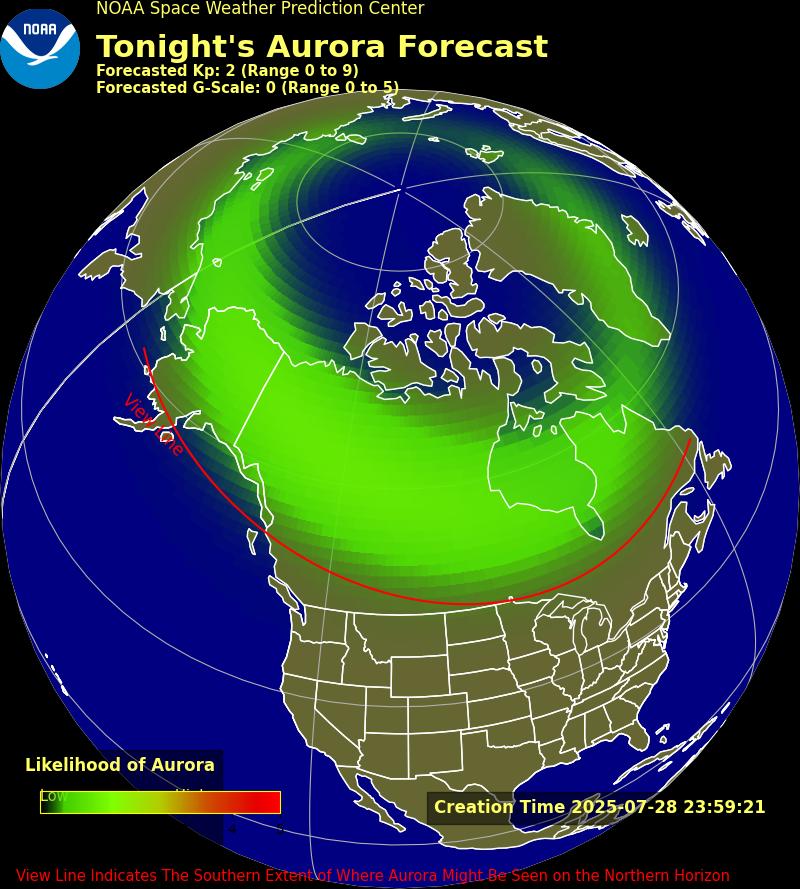|
|
||||
| Log In | ||||
|
| ||||
| ||||
| ||||
| ||||
| ||||
| ||||
What is an acceleration data logger? How can we record vibrations? What do we mean by a jolt or shock? What methods can we use to detect damage to cargo caused by shocks? What does «fast peak» mean? And which MSR data logger is best suited for which measuring task? As a specialist for acceleration measurements we strive to assist you with our expertise. Naturally, the following basic information is not a substitute for a personal consultation with a sales representative. Please note that the copyright to the statement of basic information belongs to MSR Electronics GmbH; it is forbidden to reproduce, disseminate, modify or make it accessible to any third parties, whether in whole or in part. Why is it meaningful to record acceleration? Measuring physical impacts is of great importance in many fields of application in order to obtain information on mechanical loads and the stresses on objects such as goods, merchandise, workpieces, parts etc. The causative loads, which have arisen as a result of external influences, are to be regarded as largely independent from the examined object. In contrast, the resulting stresses impacting on the object are directly dependent on the examined object and can only be described with reference to the specific object. An important parameter for evaluating impacting stresses is the dynamic mechanical load, i.e. the chronological sequence of the acceleration impacting on the object. It can be appropriately measured by means of acceleration sensors of different designs and grades, as well as recorded for further analysis, using data memories. These sensors are, for example, used for transportation monitoring, fault diagnoses and load tests. What is an acceleration data logger?  An acceleration data logger is an automatic recording and measuring device, which autonomously records stochastic shocks or vibrations over a specific period of time in the form of unbiased raw data. Once recorded, the shock and vibration data can be retrieved, viewed and analysed. An acceleration data logger is comprised of acceleration sensors, a data storage device, a processor and a power supply. The sensors measure the acceleration currently impacting on the sensor, e.g. when subjected to a shock or vibrations. In the process, the individual measurements are taken at specific time intervals and stored together with the respective time value. These measurement frequencies can be arbitrarily chosen between 1 measurement every few seconds and measurement frequencies in the high kHz range (e.g. 5 kHz – 1 measurement every 5,000-1 sec) depending on the sensor type. The higher the measurement frequency, the finer the resolution with which the actual development of the acceleration event is recorded. The disadvantage of high measurement frequencies is that they generate very high volumes of data, meaning that the storage capacity and performance limit of the logger are quickly reached. In particular, continuous measurements as well as processing and storage of the data necessitate high power requirements, which limits the mobile operating times of the logger. The processor in the data logger processes the measured data and saves it to the storage medium together with the respective measurement periods. This means that the data can be retrieved after measuring has taken place, either directly on the logger or via a computer port. Software illustrates the measured data in tables or charts and provides functions for analysing the measured data. A popular analysis method is the acceleration-time chart with DBC (Damage Boundary Curve). The shock and vibration data can also be recorded based on events that meet specific criteria. With an event-based measurement, you can specifically record shocks that exceed a critical time period or magnitude. In addition to providing better clarity for long-term measurements, this has the benefit that only relevant events are recorded and therefore energy and storage capacity are used more effectively Acceleration data loggers usually use non-volatile storage media to save the measured data. Therefore the measured data is preserved, even if the power supply fails. [Source: Excerpts from Wikipedia, amended by MSR Electronics GmbH] For more detailed information on the measurement and evaluation of dynamic mechanical loads, such as transportation monitoring by means of automated recording devices for measuring stochastic shocks, please refer to DIN EN 15433-6, for example.
We are providing a Statement of Basic Information to download, which deals with the following points:
Please note that this Statement of Basic Information is not a substitute for a personal consultation with an MSR sales representative; furthermore, all information is subject to change, errors excepted. The range of a data logger must always be specified with respect to the required measurements. As every load/object responds in a specific way to impact, as a general rule, both the mechanical stress and the actual impact on the object should be determined experimentally by means of acceleration sensors, (preferably) during real stress (e.g. transport). The image below provides a complete set of images showing the x,y & z accelerations conventions used with the different MSR models 
|
|||||||||||||||||||||||













